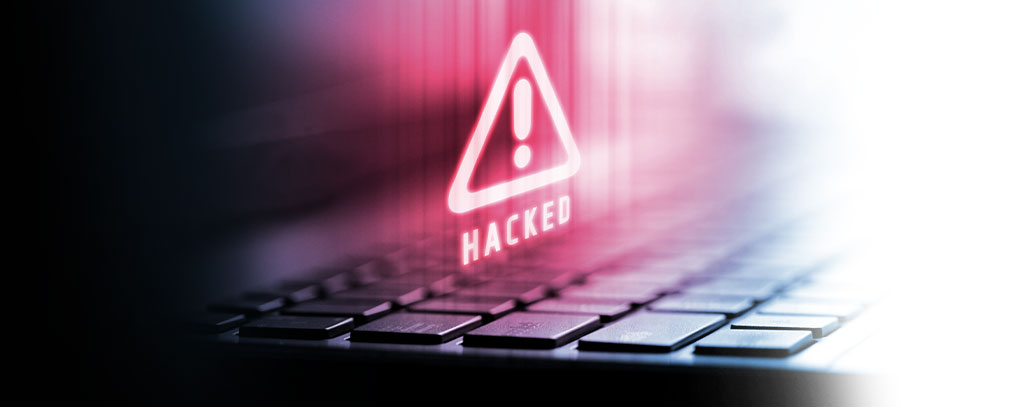Are people who work in the same room more productive than teams that are spread across the world? A decade ago, the majority of business owners would agree that an office where employees physically spend time together is a necessity but today it’s different. Remote teams have proved to be successful.
As a matter of fact, according to a survey, 74% of workers will not consider changing their job if they have the option to work from a distance. On the other hand, employers save an immense amount of money from rentals and other utilities – telecommuting is fast, efficient, and affordable. However, not everything is roses. Cyber attackers have caught up with the trend and have started targeting remote workers in particular. There’s a clear reason behind this tendency – operating from different servers and unregulated workstations can make your network vulnerable. That’s why you need a concrete cybersecurity protocol and it’s not as boring and complicated as it may seem at first.
We created a simple set of rules, which you can turn into a checklist for you and your colleagues. Integrating an approach like this is easy, interactive, and doesn’t require special training. In return, it promotes high safety standards and a positive working environment where all teammates share responsibility and contribute to the company’s wellbeing. Here are the basics:
Preparation
Spread the word
The more organized your system of security requirements is, the better is the chance that employees will follow it. Write clear online and offline copies of the protocol and distribute it to everybody personally, if possible. Keep in mind that this document is for people, not for machines, so make it interesting and readable.
Make an agreement
It’s not enough if your colleagues have the protocol, they should read it and understand it. To guarantee that, ask them to sign it. This action is not about holding them accountable but about making them feel conscious about the safety measures you all take as a group. It also shows that complying with procedures for protection in the digital space is not just a formality but a critical priority.
Anticipate cyber threats
To illustrate the cyber risk accurately and point out the good prevention practices, we recommend you give examples. Think of a remote worker’s typical day – where does he drink his coffee, does he shop online? What are the possible problems he might stumble upon? Predict them. People will trust you if you introduce them to situations where they recognize themselves. It will help to explain that cyber incidents, silly or sophisticated, can happen to anyone but they will never happen if we’re careful.
Move everything to a cloud
Try to pick cloud-based tools for your financial, marketing, HR, and sales operations. No sensitive data should be stored on hardware, regardless of the size of your company. Furthermore, even the cyber protection instruments you use should be managed on a cloud. This way, if one computer or mailbox gets compromised, it will not affect all the rest.
Install an antivirus program
Sounds like a no-brainer but the reality is that if you don’t make it mandatory, the majority of employees won’t install an antivirus program or will stick to a popular free version. To most people who don’t specialize in IT, antivirus is an abstract service that they hope is doing the job. What job exactly and how it’s being done is not users’ business. Take charge, decide on the right option for your company, and train your remote team on how to generate reports and maintain the software.
A day-to-day routine
Use a VPN
Not all WiFi networks are safe and, the employees of your company might cause damage unintentionally when working from a distance. A Virtual Private Network encrypts your connection and adds an additional layer of security to your data.
Invest in a Password Manager
Teach your team to rely on password tools that enable them to share passwords safely. Moreover, keeping all log-in details in one place stimulates users to create more difficult and longer passwords that are harder to crack. Besides the security they provide, password managers are a fantastic way to not forget. Therefore, they will save you a lot of irritation.
Embrace MSSP solutions
Embrace what? MSSP means Managed Security Services Provider. Basically, handling your cybersecurity policy to an MSSP is the optimal solution for businesses. It includes monitoring of suspicious activities; automated validation or quarantine; incident response, and so on. For example, Cyber One is our MSSP. This way we deliver the whole package – technology defense plus financial coverage.
Require an MFA
Yes, it takes around 30 seconds longer but it works. Once your team gets used to a two-factor authentification, it will become second nature to them. In the end, we’ve learned this golden rule from risk industries: always cross-check and have a backup.
Clarify your BYOD policies
Many companies allow employees to bring their own devices (BYOD). Quite often these personal devices are used by other people too – maybe family members, friends, etc. Are you okay with that? It might be a budget-friendly option but in case you choose it, get ready for the consequences. Either train your colleagues to follow strict security standards or hire a professional to control the access to your network.
Guard your financial information
In case you allow remote employees to use a business credit card to make payments, take care of the account. You can maybe lock it or put a limit on it. Also, adopt the healthy habit to check the record of your transactions often.
Secure your video calls
During the pandemic, zoom bombing became quite popular. While it’s arguable whether disruption of calls and showing weird content is a security threat at all, it’s definitely not desired experience. To avoid such interruptions, take advantage of the advanced settings of the program you use and don’t publicly share your meeting links.
Aftermath
Track your team
This is not Big Brother but you need to have evidence that the employees are following the security protocol. We’re all grown-ups, they will understand. In exchange, the best thing you can do is to support them when they have difficulties and guide them through the security processes. It’s not offensive to give exams from time to time too.
Explore the analytics
Whatever cybersecurity tools you’re using, will provide you with information. In today’s world, data is king, so get those reports and make the most of them. Collect, sort, and analyze. Then, harness their power to predict potential threats and level up.
Update
Update on two fronts – first, the technology you’re using, and second, your security policy, when necessary. After you’re done with all updates, why not, move on to the upgrades?
Summing it all up, it looks like a lot of work. The good news is that it’s not! Once you set up the tools, the rest is a piece of cake. Your biggest investment is and always will be in training and education. More than 70% of security alerts are caused by human error and nurturing a reassuring company attitude will help your coworkers progress and reduce cyber threats to the minimum.
Learn about our cyber insurance solutions and find more tips in our Knowledge Base.




